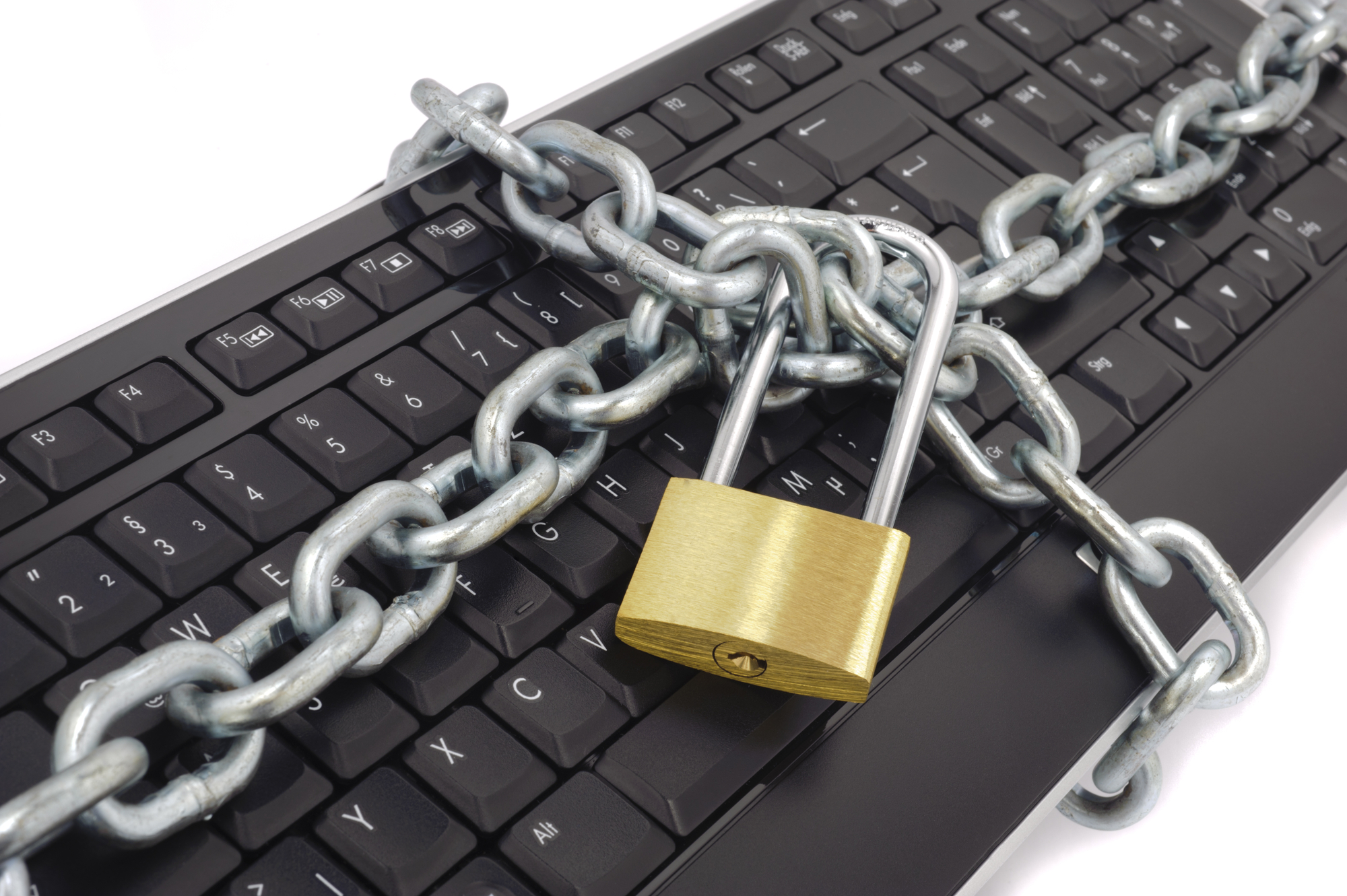2 min read
How physical safeguards can help in securing email communication
Kirsten Peremore
September 01, 2023

By integrating physical safeguards into email policies, healthcare providers can help protect the physical aspects of their email infrastructure and ensure the security and availability of email services and data.
What are physical safeguards?
Physical safeguards are security measures and practices designed to protect the physical integrity and security of electronic protected health information (ePHI) and the environments where it is housed. These safeguards are put in place to ensure that ePHI is shielded from physical threats, such as unauthorized access, natural disasters, and environmental hazards.
They encompass a range of security strategies, policies, and procedures that govern the physical access, protection, and handling of ePHI-containing devices and media. Physical safeguards aim to safeguard the confidentiality, integrity, and availability of ePHI by controlling physical access, preventing unauthorized intrusion, and mitigating risks posed by environmental factors.
See also: A deep dive into HIPAA's physical safeguards
The role of physical safeguards in email security
- Data center security: Physical safeguards ensure that data centers housing email servers and associated infrastructure are physically secure. This includes measures like access controls, surveillance, and environmental controls (e.g., temperature and humidity regulation) to protect email servers from unauthorized access and environmental hazards.
- Device protection: Physical safeguards help safeguard the physical devices used to access email systems, such as workstations, laptops, and mobile devices. Proper physical security measures can prevent theft or unauthorized access to these devices, which may contain email data.
- Media handling: Physical safeguards also apply to the management of physical media that may be used for email backups or archives. Proper handling, storage, and disposal of backup tapes or other physical media are necessary for email data security.
- Physical security controls: Physical access controls to server rooms and data centers ensure that only authorized personnel can access the email infrastructure. Unauthorized physical access can compromise the security of email servers and data.
- Disaster recovery: Physical safeguards contribute to disaster recovery planning, ensuring that email systems can be restored in the event of a physical disaster, such as a fire or flood, that might damage the infrastructure.
Related: What physical safeguards are required by HIPAA?
How to implement physical safeguards in email policies
- Environmental controls: Maintain proper environmental conditions within data centers to protect email server hardware from environmental hazards like temperature fluctuations and humidity.
- Access control: Define strict access control policies for server rooms and data centers. Only authorized personnel should be allowed physical access. Use access cards, biometrics, or other secure methods for entry.
- Workstation security: Include guidelines for securing workstations and mobile devices used to access email. Encourage physical security measures like locking devices when unattended.
- Data backup and storage: Integrate policies for creating retrievable, exact copies of email data before any physical equipment moves or changes occur. Ensure backups are stored securely.
- Visitor controls: Implement visitor access policies for data centers and server rooms, requiring escorts or supervision for anyone not authorized for access.
- Incident reporting: Establish clear procedures for reporting physical security incidents, such as unauthorized access attempts or theft of physical devices.
- Periodic audits: Conduct regular physical security audits to ensure compliance with the policies and identify areas for improvement.
Subscribe to Paubox Weekly
Every Friday we'll bring you the most important news from Paubox. Our aim is to make you smarter, faster.




